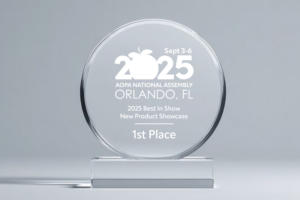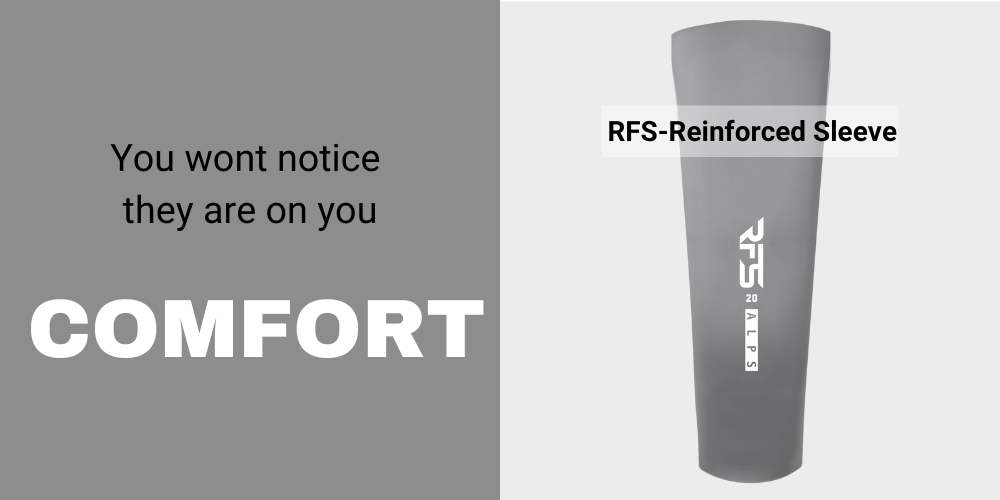NEW PRODUCT SHOWCASE WINNER
ALPS South Wins 2025 Best in Show Award for the UltraSeal Gel Liner: the UltraSeal Gel Liner has been crowned 2025 Best in Show at AOPA, recognized by the O&P community for its unmatched comfort, durability, and the innovation of being the only gel sealing liner on the market.

ALPS UltraSeal Gel Liner Awarded 2025 Best in Show – New Product Showcase
ALPS South is proud to announce that the UltraSeal Gel Liner has been awarded the 2025 Best in Show – New Product Showcase at the American Orthotic and Prosthetic Association (AOPA) National Assembly. This prestigious recognition is especially meaningful because it was determined by attendees’ votes via mobile app, making the UltraSeal Gel Liner a true people’s choice winner among nearly a dozen innovative new products showcased at the event.
Why the UltraSeal Gel Liner Stands Out
📌The Only Gel Sealing Liner: Unlike traditional silicone options, UltraSeal is made with ALPS’ proprietary OptiGel, giving users a gentle, more conforming fit that adapts naturally to the limb.
📌Instant, Reliable Suspension: An integrated single-sealing band (available in three heights) provides an immediate airtight seal upon socket entry for effortless donning and dependable hold.
📌Superior Comfort + Skin Protection: OptiGel’s smooth, low-friction texture reduces irritation, pressure points, and shear forces, making it ideal for long-term wear. Its low modulus of elasticity allows it to stretch where needed without constricting blood flow.
📌Durable, Secure Design: Premium fabric covering minimizes pistoning and over-stretching, while distal end encapsulation reinforces longevity and stability. Available in locking (U-Band) and cushion configurations for customized suspension.
📌User-Centric Performance: Designed for both transtibial and transfemoral amputees across all activity levels, UltraSeal delivers superior comfort, safety, and control—empowering intuitive, everyday mobility.
Recognition from the O&P Community
Winning this award is more than an honor, it’s validation from clinicians, patients, and industry professionals who recognize the UltraSeal Gel Liner as a meaningful advancement in prosthetic care.
At ALPS South, our mission has always been to create innovative, high-quality prosthetic solutions that improve people’s lives. The Best in Show award reflects our dedication to listening to the O&P community and developing products that make a real difference.
We thank everyone who voted and supported the UltraSeal Gel Liner at the 2025 AOPA National Assembly.
Ready to experience the winner yourself?
Learn more about UltraSeal Gel and discover why it’s setting a new standard in prosthetic care.












































